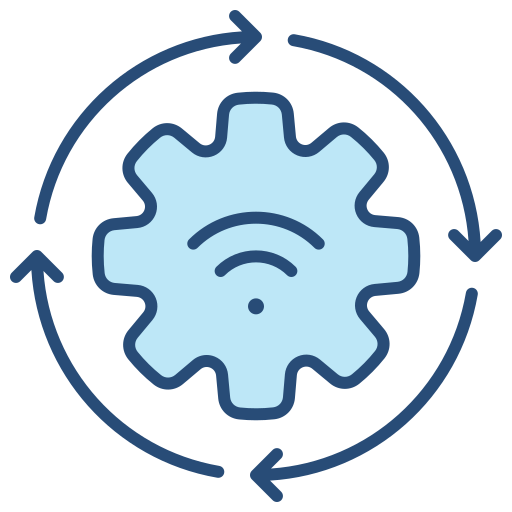
Solutions
At Datanism Solutions Consulting, we specialise in designing and implementing robust data automation solutions tailored to your unique business needs.
Our expertise in technologies and processes required for data pipeline automation ensures that your data is always accurate, timely, and ready for action, empowering you to make data-driven decisions with confidence.
- Data Automation Overview
- Data Automation Process
- Data Sources for Data Automation
- Methods of Automating Data Pipelines
- Leveraging AI and LLMs for Data Automation
Learn more ->
Data Automation Overview
Data automation is becoming a widely adopted data management approach. It allows organisations to scrape, collect, upload, transform, store, process, and analyse data using technologies that eliminate the need for manual human involvement.
By automating repetitive tasks that are time-consuming for building and maintaining data pipelines such as data ingestion, transformation, validation, cleansing, integration, and analysis, data automation enables organisations to maximise their data potential and facilitates quicker and easier data-driven decision-making.
Data Automation Process
This process allows engineers to extract data from various data sources, transform it into usable formats, and get them loaded it into systems that end-users can access to solve business problems. This process is crucial for ensuring that data is clean, reliable, and ready for analysis and decision-making.

Types of Data Sources in Data Automation
Data automation can handle a wide range of data types, including both structured and unstructured data. It can also integrate data from diverse sources such as:

Websites and cloud-based sources with public data
Information available online on the web. Data can be scraped into data storage for analysis.

In-house Databases
Company-specific databases containing critical operational data.

External Data Stores
Databases managed by external entities that provide additional data insights.

Third-Party Applications
Software applications that generate data relevant to the business.

Web Services and APIs
Online services and APIs that provide access to various data streams and resources.
Methods of Automating Data Pipelines
Data pipelines can be automated using different methods to ensure efficient and timely data processing. These methods include:

Schedule-driven Automation
One of the most common ways to automate data processes is by scheduling them to run at specific intervals. This usually utilised with data sources where data are in constant changes that need to be captured for collection on timely manner. Scheduled automation helps maintain a consistent and reliable data flow without manual intervention.

Streamed Automation
For real-time data processing, streamed automation can be employed. A streaming pipeline processes raw data almost instantly as it is generated, making it ideal for organisations that require immediate access to data from streaming sources, such as social media/channels, or IoT devices. The stream processing engine continuously processes data in real time, providing timely insights and enabling rapid responses to emerging trends and events.

Event-based Automation
Data processes can also be set up to run conditionally given certain conditions are met and/or specific system events have occurred. A twitter bot that automates its responsiveness by interacting to tweets that mentions it in posts and thus certain computing service can be triggered to react to compose a response as needed.
Leveraging AI and LLMs for Data Automation
Harnessing Advanced AI for Enhanced Data Insights
Our solutions are powered by advanced AI models, including Large Language Models (LLMs) like GPT, to offer sophisticated functionalities that enhance your business operations.
Functionalities Enabled by AI and LLMs:
- Natural Language Processing (NLP): We use NLP to process and understand human language, enabling sentiment analysis, entity recognition, and content summarization from data sources.
- Automated Content Generation: GPT models allow us to generate human-like text, facilitating the creation of automated reports, social media posts, and responses to user queries.
- LLM-based Conversational Agents: Our AI-powered chatbots and virtual assistants interact with users in real-time, providing customer support and disseminating information based on processed data.
- Predictive Analytics: Using historical data, our models predict future outcomes, helping businesses make informed decisions and anticipate market trends.

